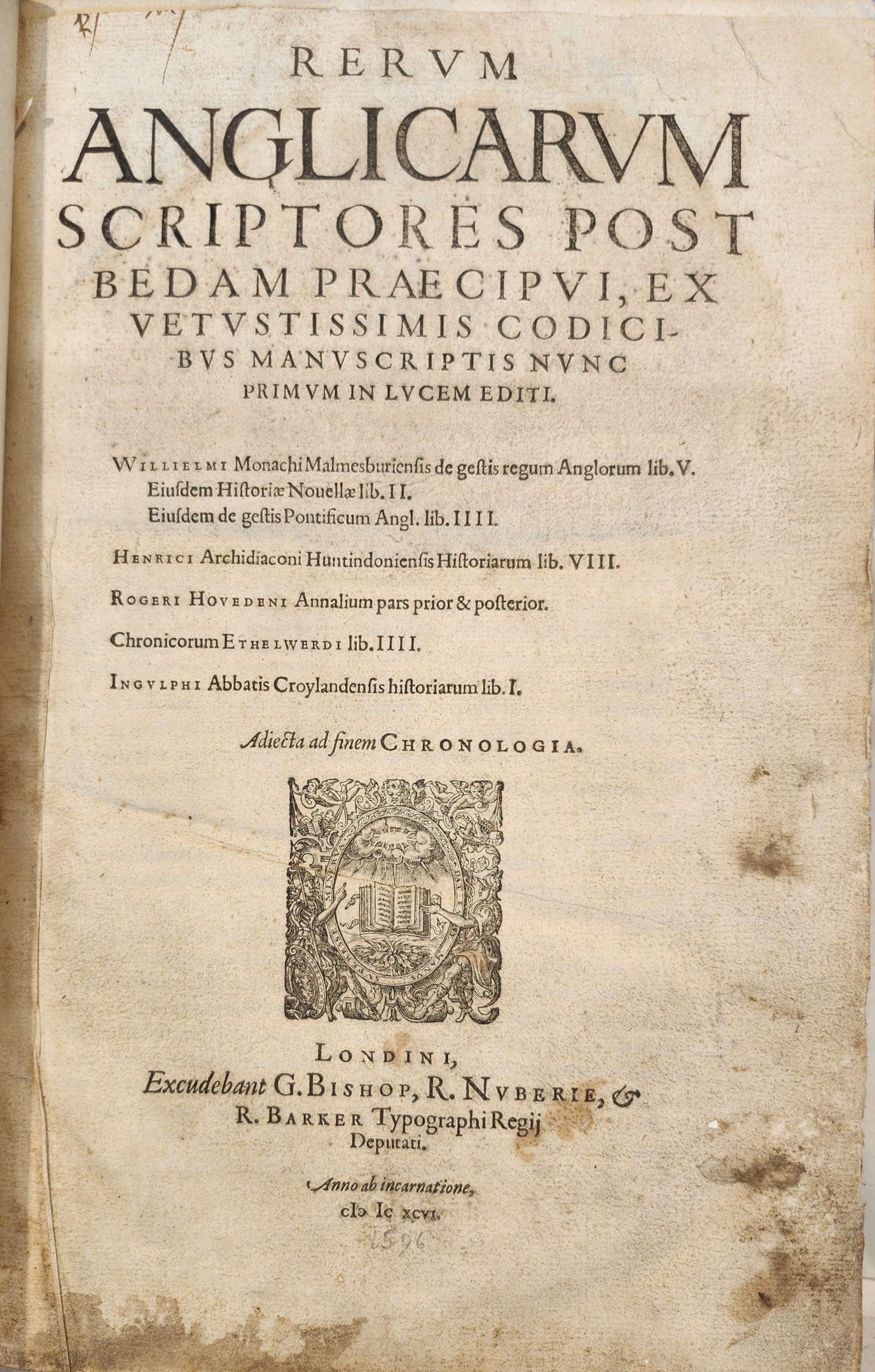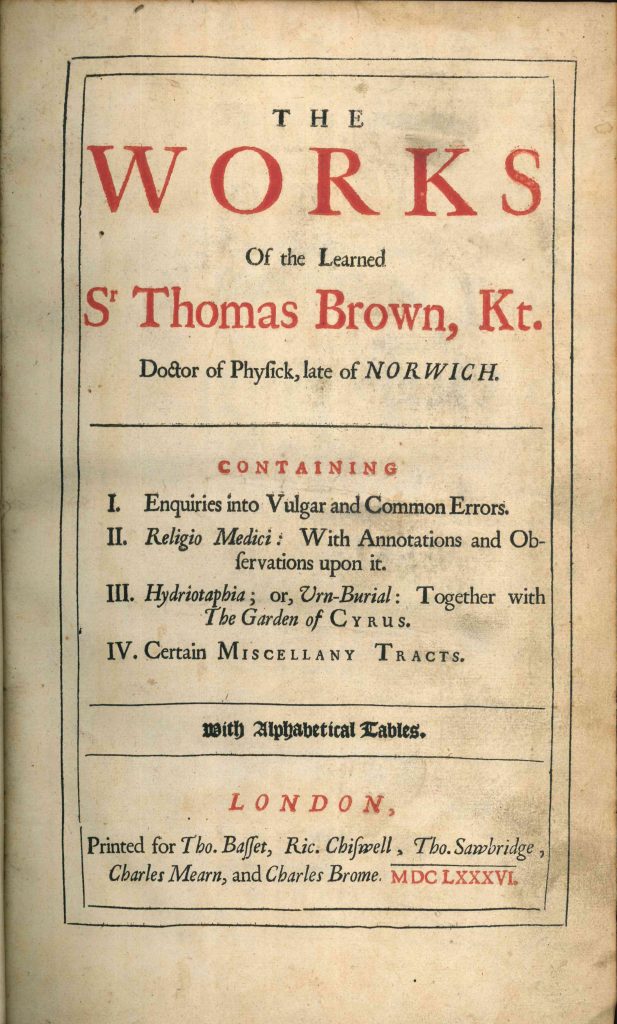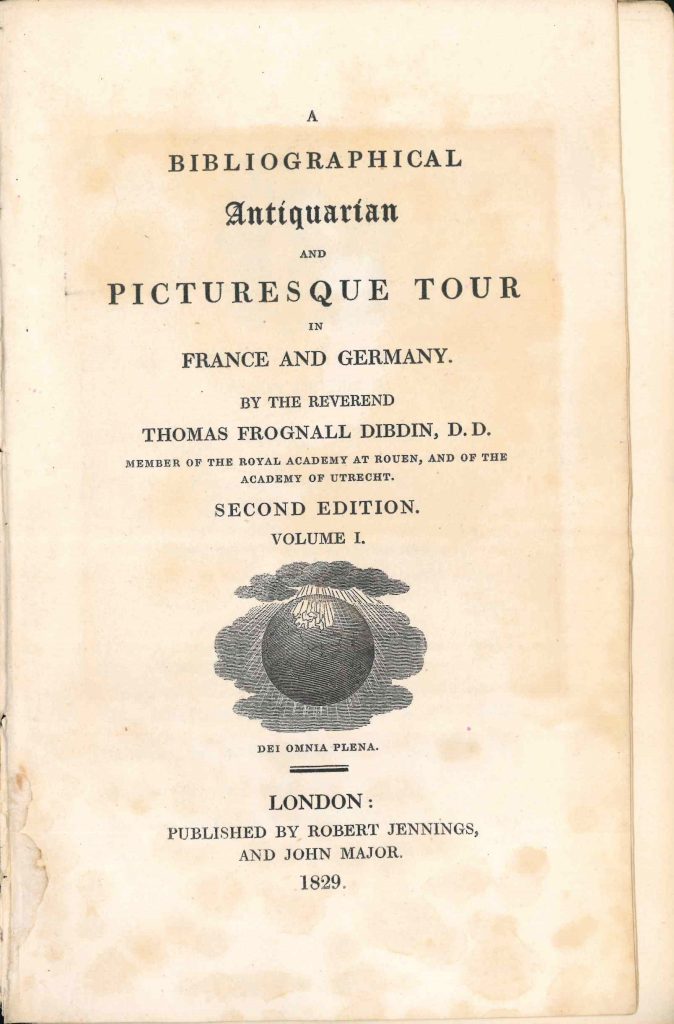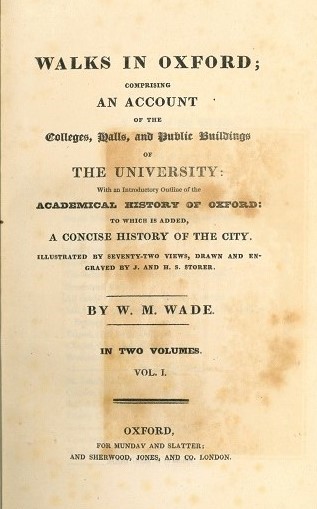Book of the term
Every term we feature a rare and interesting item from our collection.
Michaelmas Term 2025
Camilla, or, A Picture of Youth
by Frances Burney

Jane Austen’s name appeared in print in a novel only once during her lifetime – not in one of her own, which were all published anonymously, but in the list of subscribers to Camilla, or, A Picture of Youth by Frances (Fanny) Burney.
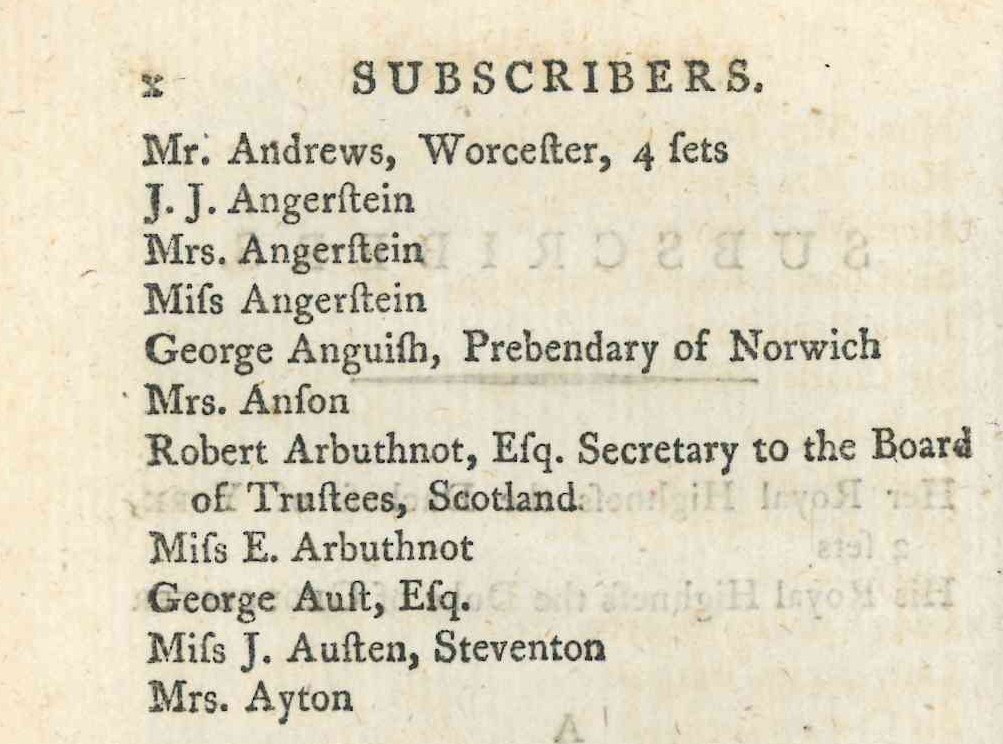
Publication by subscription was something like an early form of crowdfunding. An author who was unwilling or unable to pay the production costs of a book personally (they would have to recoup these from sales, from which the publisher would take a commission, before making any profit), or to sell the copyright to a publisher for a flat fee, could solicit promises to buy copies. A substantial list might persuade a publisher that the venture was worth taking on, especially if the subscribers were paying up front. Thus, in the Morning Chronicle for 7 July 1795 the following advertisement appeared: ‘PROPOSALS for printing by Subscription a NEW WORK, in Four Volumes, 12 mo. By the AUTHOR of EVELINA and CECILIA: To be delivered on or before the 1st day of July, 1796. The Subscriptions will be one Guinea; to be paid at the time of Subscribing.’
One guinea (one pound and one shilling, roughly equivalent to £100 in today’s money) was a sizeable sum of money, but the list of subscribers to Camilla runs to over a thousand names, including two Royal Highnesses, and many others from the social, political and intellectual elite. Such a list could present the author as someone connected with those who had money, position and power, and encourage other subscribers to join this prestigious company.


But publication by subscription could also be seen as demeaning, tainted by commercialism and the need to go cap-in-hand to all and sundry. For a woman to do it could be seen as not quite respectable – as also could flaunting her name as author on the title-page, although male authors too could be reluctant to own up to being fiction-writers. This may have begun as a convention whereby fictional narratives were presented as true – the early editions of The Life and Strange Surprizing Adventures of Robinson Crusoe (first published in 1719) state that it was “Written by himself” and make no mention of Daniel Defoe as the author. But as the eighteenth century progressed and the amount of fiction written grew, novels came to be regarded as something frivolous – Frances Burney herself writes, in the preface to her (anonymous) 1778 novel Evelina, “there is no member of such inferior rank, or who is so much disdained by his brethren of the quill, as the humble Novelist”. The majority of novels published in the second half of the eighteenth century did not name the author, and it is probably true that a great deal of what was produced was frivolous, meant only for amusement, and quickly sank into obscurity. But some had more staying-power, and did not bring shame on the name of the author, even being elevated to paradigm – in 1797 Jane Austen’s father wrote to the publisher Cadell offering “a manuscript novel […] about the length of Miss Burney’s Evelina” (this was First Impressions, which became Pride and Prejudice).Evelina, subtitled A Young Lady’s Entrance into the World, is the story of a young woman raised in quiet seclusion in the country and her (often humorous) encounters in the complex and sophisticated world of Georgian high society, written in the form of a series of letters. It quickly became very popular, and gained Burney firm friendships among the intellectual elite of the day. It was followed in 1782 by Cecilia, or Memoirs of an Heiress, another novel of manners and social satire in which a young woman from the country must navigate the complexities of relationships, intrigues and ambitions in London society. This too was highly successful, and strengthened Burney’s position as something of an intellectual celebrity.
In 1786 she was offered, and accepted (with considerable misgivings) the position of second keeper of the robes to Queen Charlotte. This was a prestigious but very restrictive post; it meant spending long, uneventful hours in stifling routine governed by strict protocol, made even more stressful by the onset of George III’s mental illness. The strain took its toll of her, and in 1791 she was permitted to resign on grounds of ill health.
Free once again to mix with friends and family, she regained her health, and in 1793 she married Alexandre-Jean-Baptiste Piochard D’Arblay, a French soldier, former adjutant to the marquis de Lafayette, who had sought refuge in England after the Revolution; their son Alexander was born in December 1794. Since Cecilia she had written no new novels, although she had tried her hand unsuccessfully at play-writing, but on 28 June 1796 what she called her grand ouvrage was published – the five volumes of Camilla, or, A Picture of Youth. As in her previous novels, the basic story is of heroine and hero coming through various trials and tribulations to marry, but it is painted on a much broader canvas, encompassing Camilla’s siblings and wider family; it is also more given to sermonising, and includes elements of Gothic horror influenced by Anne Radcliffe’s 1794 bestseller The Mysteries of Udolpho. Despite its length, it took little over a year to write, although this may well have been due to the need to meet the deadline for subscribers. Reviewers praised its rich cast of characters, but criticised its length, its inconsistencies and its grammatical errors – all faults possibly resulting from the speed with which it was written. Burney began work on a second edition, incorporating all the suggested emendations, but halted it when her much-loved sister Susan died, and it did not appear until 1802.
In the same year, she travelled with her son to France, where her husband was endeavouring to reclaim his former property, but the resumption of hostilities between Britain and Napoleon meant they were trapped there for ten years. Her final novel, The Wanderer, or, Female Difficulties, published in 1814, describes the struggles of a penniless émigrée from Revolutionary France trying to achieve economic and social independence. It was eagerly anticipated, and Burney was paid an initial fee of £1500 for it, but it did not sell well.
She died in 1840, at the age of eighty-seven. Following her death, her Journals were published, and she became best known for these vivid portrayals of life in Georgian London and Napoleonic France. But in more recent years there has been growing recognition of her work as a novelist, both for its contribution to the development of the genre and for her realistic depiction of the experience of women.
